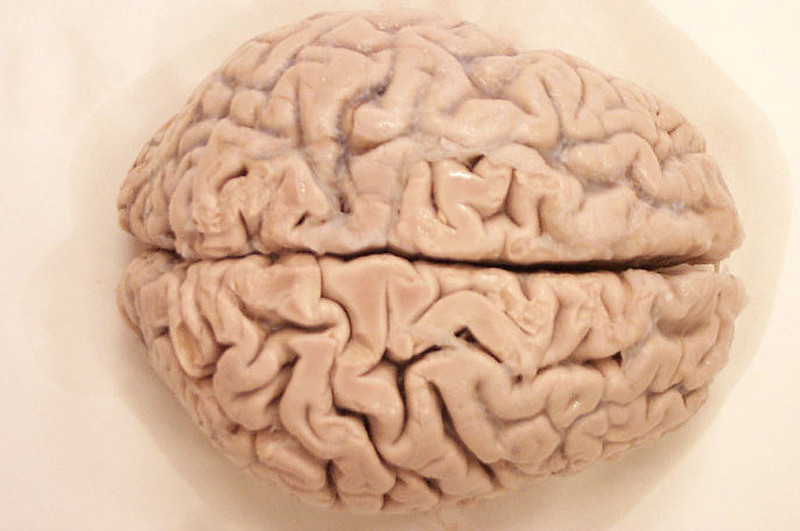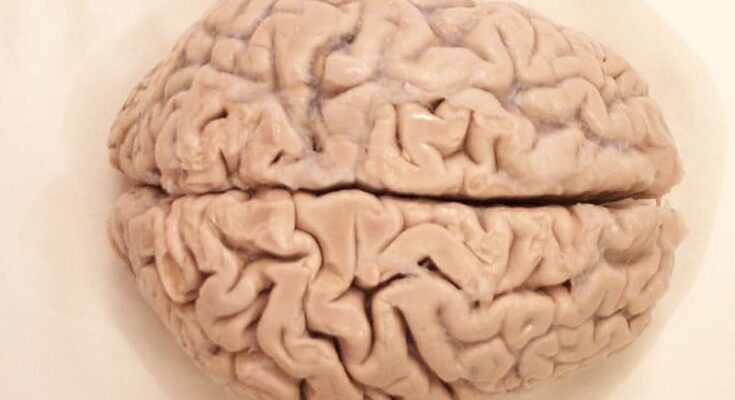
Theories of human brain preservation have been challenged by research, led by Alexandra Morton-Hayward, a forensic scientist from the University of Oxford.
Her research challenges what we thought we knew about how human brains decompose after death.
Instead of thinking brains decay quickly after we die, this study, in the Proceedings of the Royal Society B, shows that in certain situations, human brains can last for thousands of years.
Morton-Hayward and her team have completed a worldwide study. They searched through old records and gathered information from over 4,400 preserved human brains. These brains cover about 12,000 years of history.
Nervous tissues last longer than previously thought
People previously thought it was rare to find preserved soft tissue in archaeological records. Keeping a brain intact was seen as even more extraordinary, especially when other soft tissues were missing.
However, this research shows that nervous tissues actually last longer than we thought. It is because of certain conditions that stop them from decaying.
Morton-Hayward and her team gathered information about brains from all sorts of places. They looked at brains preserved in icy places like the Arctic and dry places like Ancient Egypt.
The 1st paper of my #PhD @OxUniEarthSci is out! We find >4,400 human brains preserved spontaneously worldwide, dating back to the last Ice Age
And it's World Happiness Day! What's not to celebrate?!
#Archaeology #Anthro pic.twitter.com/1DBrwP74Pz
— Alexandra Morton-Hayward (@MortonHayward) March 20, 2024
More than 1,300 of these preserved brains were the only soft tissue left in bodies that had turned into skeletons. This shows how tough the brain is, even when everything else is gone, as reported by Archaeology Mag.
Morton-Hayward pointed out how valuable these old brains are for learning about our history. She said, “We’re finding amazing numbers and types of ancient biomolecules preserved in these archaeological brains, and it’s exciting to explore all that they can tell us about life and death in our ancestors.”
Preservation of ancient brains remains a mystery
The mechanisms behind the preservation of these ancient brains remain mysterious. While factors such as freezing, dehydration, and tanning have been suggested for short-term preservation, the fact that these brains last for millennia implies the presence of preservation mechanisms specific to the central nervous system that we don’t fully understand yet.
Some proposed mechanisms include molecular crosslinking and metal complexation, but further research is needed to fully understand these processes.
Professor Erin Saupe, a co-author from the Department of Earth Sciences at the University of Oxford, pointed out the wide range of places where preserved brains were found in the study.
She said, “This record of ancient brains highlights the array of environments in which they can be preserved from the high Arctic to arid deserts.”
This research goes beyond archaeology. Morton-Hayward highlighted how these findings could be important for understanding neurological conditions today.





